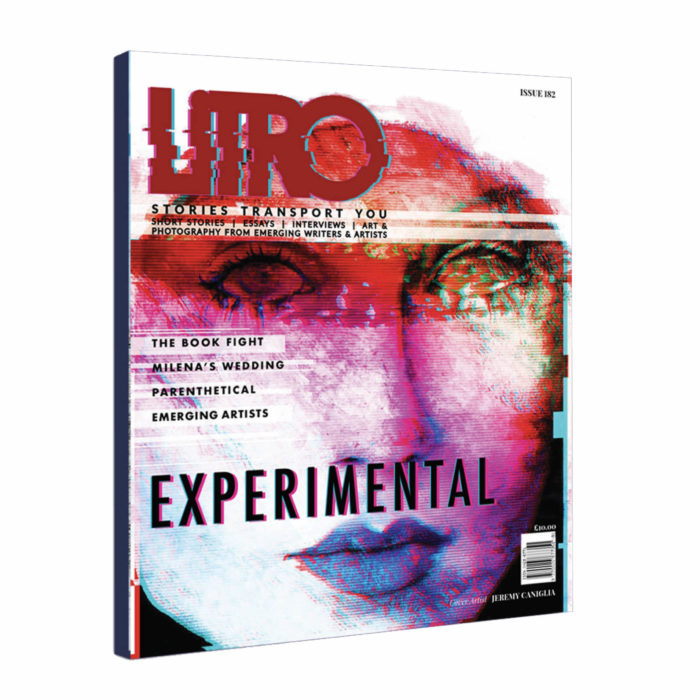You have no items in your cart. Want to get some nice things?
Go shoppingWith ‘Out of This World’, the British Library has crafted a comprehensive, interplanetary journey through Science Fiction, perhaps the most inventive and ingenious of storytelling genres, but also one of the most derided. I genuinely loved the British Library’s previous exhibition ‘Evolving English’, a far-reaching, interactive and multimedia exploration of how we communicate, and my visit to ‘Out of This World’ proves to be every bit as enlightening.
Visitors are subjected to ancient and forgotten texts, as well as beloved classics, in addition to interactive installations and audiovisual media. The curators aim to explain that SF, although accused as being a low-culture twentieth century phenomenon, is in fact a genre storytellers have used to discuss issues and ideas as far back as the 2nd century AD. An illustrative example is Lucian of Samosata’s ‘True History’. Dated at circa 170AD, the novel satirises travellers’ tales by detailing a trip to the moon. The work is considered by many as the first piece of SF ever written, and the author drew upon mankind’s fascination with the unknown and alien. Words seem futile devices when it comes to describing the book’s singularly odd illustrations of dog-faced men fighting on winged acorns.
Similarly strange is the story of how Edward Bulmer- Lytton’s 1871 novel ‘The Coming Race’ inadvertently provided inspiration for the name of a popular beef drink. The book’s hero travels to a subterranean utopia populated by a race of angels who sustain themselves on ‘Vril’, a fluid and latent source of energy. A opportunist marketing team decided to appropriate the ‘Vril’ affix for their beef extract product, hoping the it would provide the product with connotations of energy and lustre found in the novel, and ‘Bovril’, as we know it today, was born. A bold move, although I suspect even the product’s manufacturers would have to admit it hasn’t maintained the associated qualities of potency to this day.
Representative of how the genre can provide opportunities to speculate and discuss issues in a distanced but no less yet direct manner is Lous-Sebastien Mercier’s ‘The Year 2440’. The hero of the 1771 novel is a Parisian who falls asleep and awakes in 2440. Written in the period leading up to the French Revolution and in a context of social unrest, Mercier depicts a future enlightened France, complete with radical political, social and scientific change. A chapter the writer added fifteen years later described a device which predicted the advent of the hot air balloon.
As well as explorations of accepted SF staples such as Arthur C. Clarke and H.G. Wells, and an insight into how creators of comic superheroes utilized science and mutation, there are also detours to more obscure interpretations of the genre, such as Japanese Manga’s contribution to the genre, ‘The Adventures of Robo-Cat’. ‘Clay/9000’, a most informative robot, kindly lectured me on the Polish visionary Stanislaw Lem, and an installation encouraging visitors to design and draw aliens is also an inclusive touch, in an exhibition which believers and non-believers of the art of Science Fiction alike will enjoy.
Out of this World is at the British Library until 25th September.




